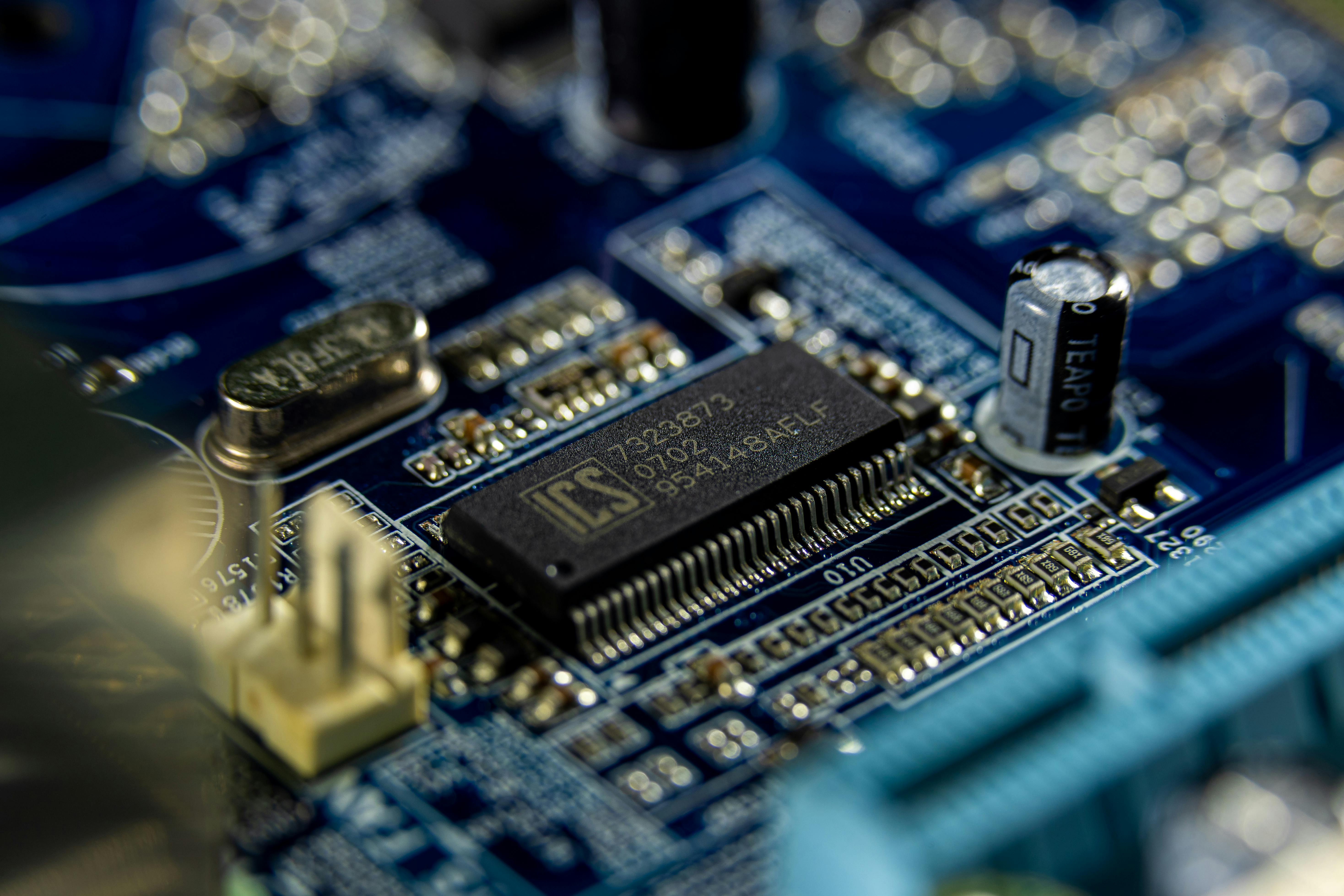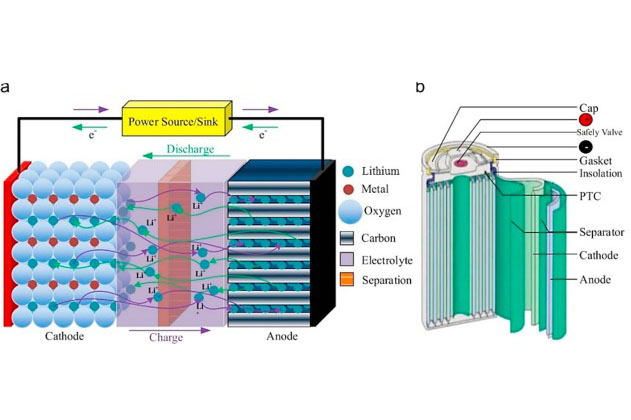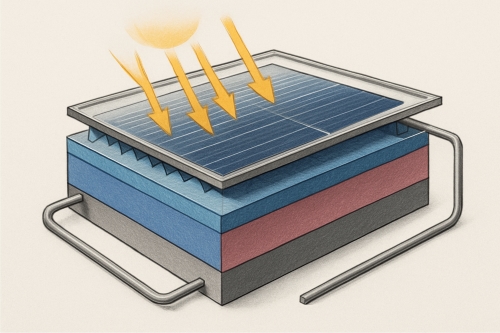
Advantages and Disadvantages of Perovskite Solar Cells
What Are Perovskite Materials?
Perovskites are a class of materials that present a specific crystal structure, named after the mineral perovskite (CaTiO₃), which was first found in the Ural Mountains of Russia. With a peculiar crystalline structure, these materials can easily apply themselves to various fields, such as the harnessing of solar energy.
One of the principal characteristics of perovskite materials is their excellent light-absorbing capability, a feature that creates high interest in them in the realm of photovoltaic applications. In recent years, by composition engineering, researchers have been successful in obtaining a range of properties in perovskites suitable for a number of solar cell variants. The most used perovskite in solar cells is the metal halide perovskite, usually made up of a combination of elements like lead and iodine, which shows high efficiencies in converting sunlight into electricity.
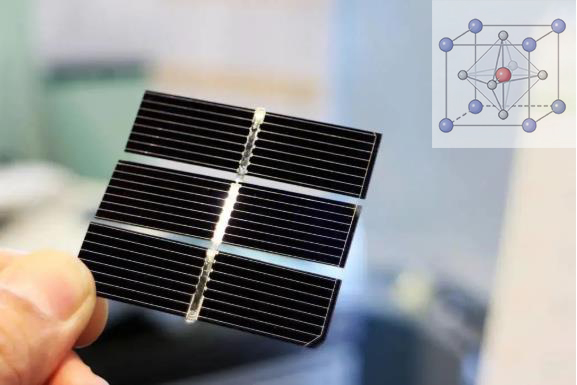
What Are Perovskite Solar Cells?
Perovskite solar cells belong to a class of thin-film photovoltaic technologies that rely on a perovskite-structured material as the photovoltaic absorber. These devices will convert sunlight into electrical energy, similar to conventional silicon solar cells but with a different structure and material composition that offers certain key advantages.
The construction of a typical perovskite solar cell has the following layers:
1. Perovskite Light Absorber Layer: This is the most important layer since it absorbs sunlight and converts it into charge carriers (electrons and holes).
2. Electron Transport Layer: This layer helps to move the excited electrons from the perovskite material toward the electrode.
3. Hole Transport Layer: It transports the positive charge carrier, holes to the other electrode.
4. Electrodes: The electrodes collect current and channel it into an external circuit where the energy now can be used as electrical power.
Further, perovskite solar cells can be fabricated using solution-based processing that is much less expensive than the high-temperature processing often utilized in conventional silicon solar cells. Indeed, perovskite materials can be deposited onto flexible substrates to allow for the manufacture of lightweight and flexible solar panels that are valuable in a host of applications beyond conventional rooftop photovoltaic systems.
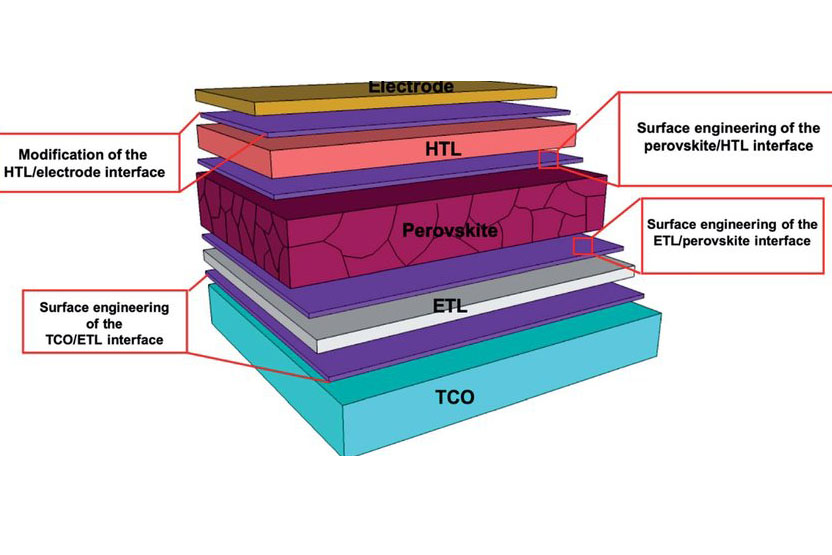 [1]
[1]
Advantages of Perovskite Solar Cells
1. High Efficiency
Perhaps one of the most thrilling perks of perovskite solar cells is their efficiency. In the little more than a decade of research, this field has seen a drastically increased performance of the devices. Perovskite cells, when fabricated in the laboratory setting, have reached efficiencies of over 25%, comparable to that of commercially available silicon-based solar cells. Such rapid improvement in efficiency is another central reason why perovskite solar cells are considered an up-and-coming alternative to conventional systems.
2. Low-Cost Manufacturing
While traditional silicon solar cells require energy-intensive processes involving high temperatures and complicated manufacturing techniques, perovskite solar cells can easily be produced by solution-based processes, printing, or spraying, making them much cheaper to manufacture. The low-cost production approach that can be scaled up may indeed herald a sea change in the solar industry, making solar power much more affordable, especially for large-scale applications.
3. Lightweight and Flexible
Unlike traditional silicon-based solar cells, perovskite solar cells have the potential to be fabricated onto flexible substrates, broadening their application in new areas where older rigid solar panels would not be practical. As such, their applications could expand into solar fabrics, wearable devices, and even into building-integrated photovoltaics, where the solar cells are integrated into the building architecture.
4. High Absorption Efficiency
The perovskite material is very capable of light absorption. It will be able to absorb a wide spectrum of sunlight. The capability for fine-tuning of the chemical composition allows the design of solar cells that can optimize variances at desired wavelengths, hence further improving efficiency.
5. Potential for Tandem Solar Cells
Perovskite solar cells can be combined in a tandem configuration with other types of solar cells, such as silicon-based cells. This will enable the cells to absorb different parts of the solar spectrum, further boosting efficiency. In fact, tandem solar cells can go well over 30% efficiency and really push the boundaries of what is currently possible with solar technologies.
Disadvantages of Perovskite Solar Cells
1. Poor durability and stability
One of the major disadvantages of perovskite solar cells is that they are not very stable. The perovskites are very susceptible to degradation upon contact with moisture, heat, and light, thus decreasing their lifespan. Exposure to moisture, for instance, degrades the perovskite material, which causes it to lose its effectiveness in the solar cell. This instability remains one of the greatest challenges for scaling up perovskite solar cells to commercial use.
2. Potential Lead Toxicity
Many of the most efficient perovskite materials are lead-based, raising some concerns about the environmental and health risks in these materials. Lead is a toxic substance, and its presence in solar cells has led to concerns about what kind of impact might be caused by disposing of or recycling perovskite-based solar panels. Research is under way to find alternative materials, but so far, lead-free perovskites have not achieved the high levels of efficiency reached by lead-containing materials.
3. Immaturity for Mass Commercial Use
The high efficiency of perovskite solar cells, established so far in the lab, has still not been commercially realized. Though different manufacturing processes exist, complete optimizations of these processes for large-scale production are yet to be established, and much work is required for further improvement in stability, scalability, and cost-effectiveness before the wide applications of perovskite solar cells are pursued commercially.
4. Reliability Issues in Long-Term Operation
Although perovskite solar cells perform excellently in tests conducted for relatively short periods, a lot of questions are being asked about their efficiency over longer periods. Their long-term reliability, especially when placed outdoors and exposed to the elements, remains uncertain.
Conclusion
With their immense potential, PSCs may well change the face of solar energy. Highly efficient, low-cost processing, and flexibility are promising features of the devices for manifold applications. Challenges that still need to be overcome by this technology concern durability, environmental impact, and commercial scalability. We will continue to see more and more of perovskites in the renewable energy sector.
Reference:
[1] Mahapatra, Apurba & Prochowicz, Daniel & Tavakoli, Mohammad & Trivedi, Suverna & Kumar, Pawan & Yadav, Pankaj. (2019). A Review on the Aspects of Additive Engineering in Perovskite Solar Cells. Journal of Materials Chemistry A. 8. 10.1039/C9TA07657C.
[2] T. Seyisi, B.G. Fouda-Mbanga, J.I. Mnyango, Y.B. Nthwane, B. Nyoni, S. Mhlanga, S.P. Hlangothi, Z. Tywabi-Ngeva, Major challenges for commercialization of perovskite solar cells: A critical review, Energy Reports, Volume 13, 2025, Pages 1400-1415, ISSN 2352-4847.
[3] The Renewable Energy Institute (n.d.). A Revolution in Solar Power – Perovskite Solar Cells. Retrieved December 10, 2025, from https://www.renewableinstitute.org/a-revolution-in-solar-power-perovskite-solar-cells/


